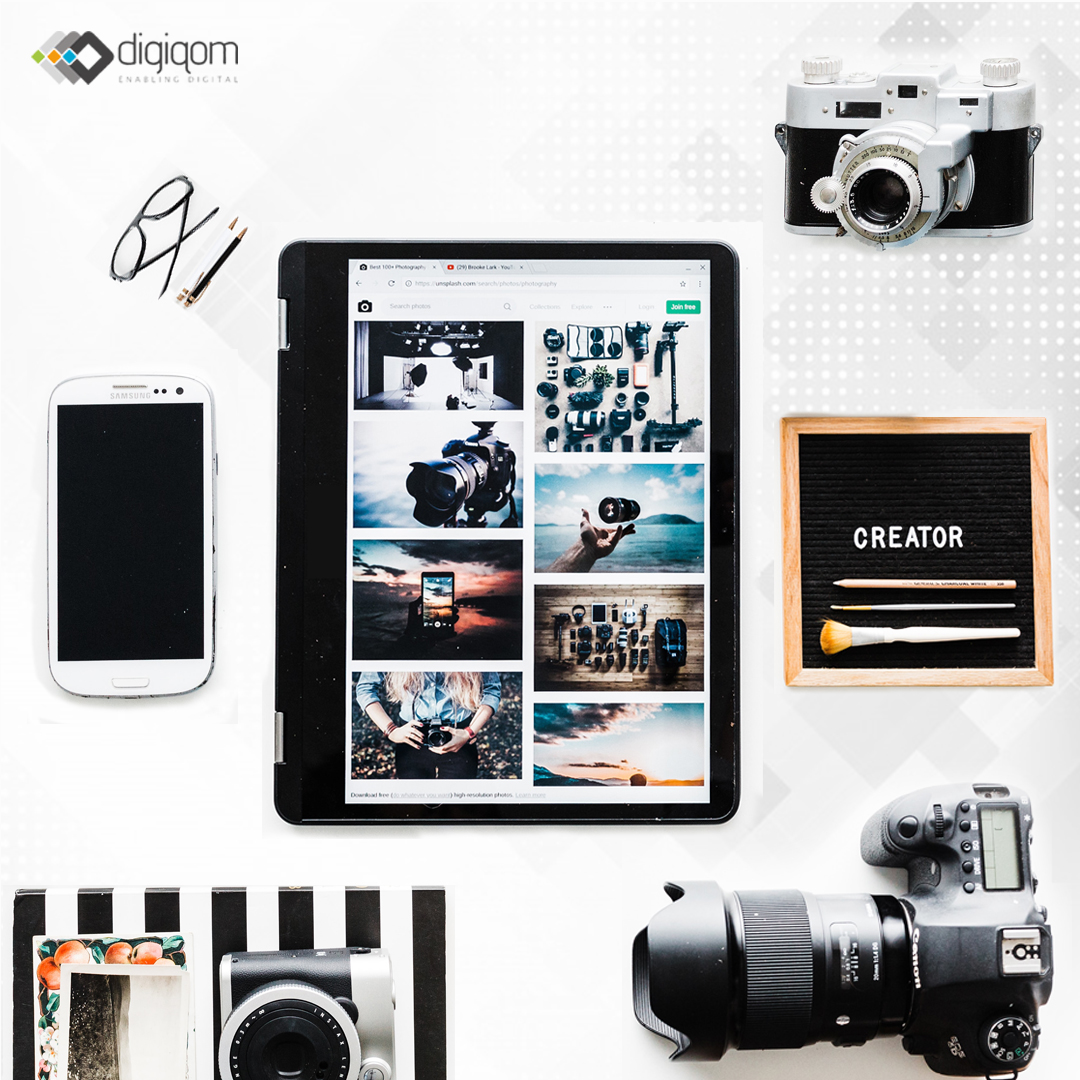When renowned American landscape photographer, Ansel Adams, famously remarked, you don’t take a photograph, you make it, it was almost as though he was making a prediction for the future. These days, more and more photographs are made rather than taken.
In fact, with traditional photography being taken over by digital technology, photographs are being made at an alarming speed and uploaded on to various social media platforms. While this development bodes well for amateur and professional photographers, there have been concerns about the authenticity of photographs on social media what with the multitude of apps and filters used to dress them up.
According to an article published in The Guardian, 350 m photographs a day are uploaded on Facebook; 95m photographs and videos shared on Instagram daily. The combined number of images shared on both platforms now exceeds 290 bn, while there are 188 m daily active users of Snapchat. These numbers are staggering and indicate the obsession with photographs that have taken over our lives and the social media world by storm.
Photography is the art of capturing precious moments. Through photographs, one can experience stories told by people. Of places, travels, experiences. Over the years, photography has undergone a transition – from traditional photography to digital. Photography these days is led primarily by cameras on smartphones which everyone possesses. Traditional and digital photography are complementary arts which makes traditional photography important to digital photographers also.
The world’s first digital camera was built in 1975 by Steven Sasson, an engineer who worked for Eastman Kodak and it was a big box with a cassette attached to it. Today, around 2.5 billion people carry digital cameras which makes taking pictures easier and affordable. In this digital era, everyone has turned into a photographer, all you need to do is just click a button and capture a moment in time forever. Most of the smartphones have quality cameras and built-in editing software which results in quality pictures. With a bit of touch up, a filter or two, one can share pictures online on various platforms such as Facebook, Instagram, Twitter, and Pinterest and gain a decent fan following.
Due to the growth of mobile photography, billions of pictures are shared on social media. Whether it’s taking pictures of your dinner, concert or any sporting event, capturing every moment of life has become a craze. Sometimes people record videos of special events and upload them to YouTube or Facebook to share their experiences with others. Even top-notch professionals are also sharing their work on social media to promote their services.
Storage Spaces and Picture Editing
Whether you have to store pictures or edit it or share them with others, digital photography and the internet has changed the way we take pictures and share it. There are various photo storing websites available online such as Flicker, Webshots and Picasa, and others, where you can store pictures and also share them with your family and friends. You can also do some basic editing through the web browser. There are some online photo editing services available such as FotoFlexer, Splashup and Pixlr that bring a professional touch to the pictures.
Now with current developments in Artificial Intelligence further pushing the boundaries, we are looking at a future with smart camera and photographs without photographers!
